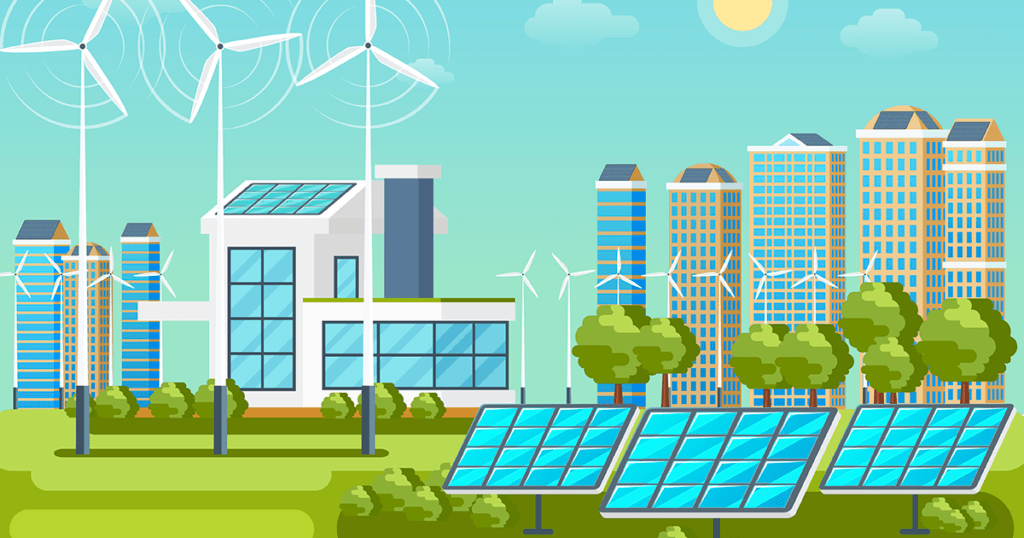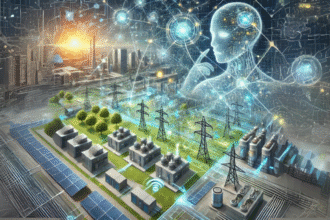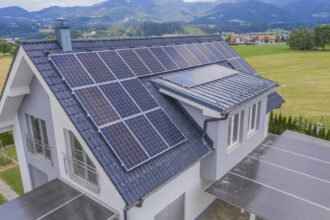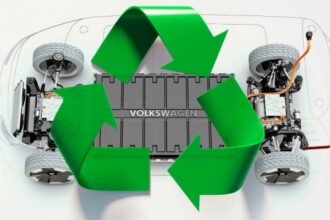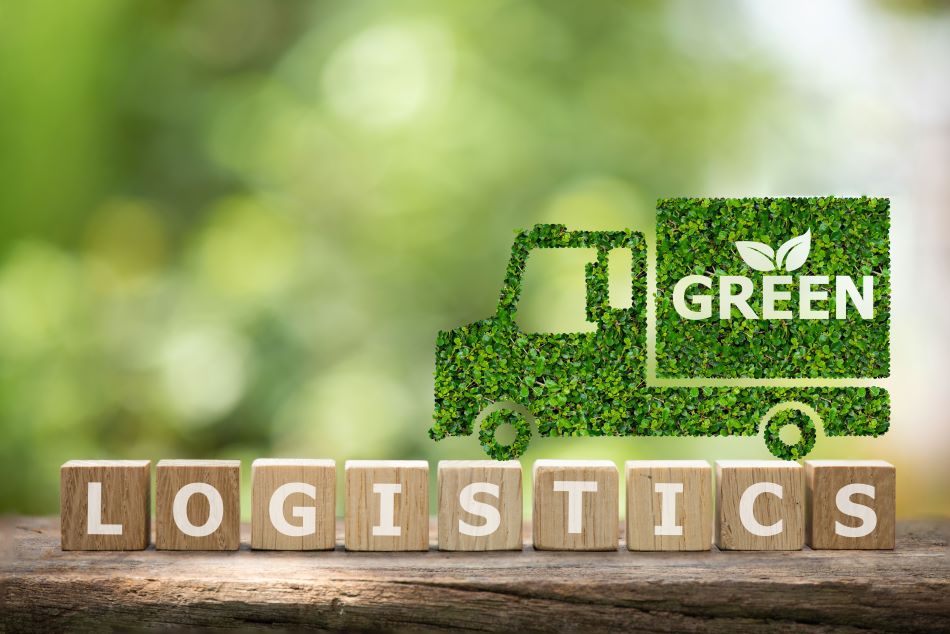As industries face mounting pressure to reduce energy costs and modernize outdated infrastructure, a new model of energy management is gaining ground. Energy-as-a-Service (EaaS) is a transformative approach that allows businesses to outsource energy-related needs through flexible service-based models rather than capital-heavy investments. This may include everything from procurement and consumption monitoring to energy optimization and asset maintenance.
The EaaS market is now surging toward mainstream adoption. With advancements in technology and rising ESG commitments, forward-looking businesses are turning to EaaS to achieve sustainability and operational goals. The global EaaS market stood at $74.43 billion in 2024 and is expected to reach $145.18 billion by the year 2030. Let’s have a look at the top trends shaping the future of the industry.
Rise of Smart Microgrids and On-Site Generation
Microgrids are becoming a central feature in EaaS offerings. They provide localized energy production and improved resilience. These systems can operate independently from the main grid, which is especially valuable during outages or grid instability. This can be crucial for critical infrastructure such as hospitals. Microgrids are comprised of multiple distributed energy resources (DERs), such as wind turbines, solar panels, traditional generators, and energy storage systems. Since they rely heavily on renewable energy sources, they ensure increased sustainability.
Calistoga Resiliency Center is a good example of microgrid. It has been designed to enhance energy resilience during grid outages. The facility integrates lithium-ion battery storage with hydrogen fuel cells. The system allows the city to independently restore power without external grid support. Developed in collaboration with PG&E and Energy Vault, the project aims to provide a reliable, clean energy source for the community, particularly during emergencies.
Seamless Integration of Renewable Energy Sources
A defining feature of modern EaaS solutions is the integration of renewable energy sources such as solar, wind, and battery storage. These are not just add-ons but core components that reduce grid dependence, lower emissions, and help companies meet sustainability targets. Companies can significantly reduce their carbon footprint by integrating renewable energy sources into their EaaS solutions.
In May 2025, Network Rail entered into a 14-year fixed-price power purchase agreement with EDF Renewables to supply solar energy to 20 major UK railway stations. The initiative marks the first of its kind in British railway history, aiming to power 15% of Network Rail’s non-train energy needs with clean energy from a new solar farm in Norfolk.
Flexible Financing and Subscription Models
One of the most appealing aspects of EaaS is the shift from CapEx to OpEx. Companies can now adopt energy solutions without heavy upfront investment, paying instead through performance-based contracts or monthly fees.
A UK-based startup ‘Sunsave’ has introduced a subscription-based model for residential solar panel installations. Instead of homeowners paying the typical £10,000 upfront cost, Sunsave offers a 20-year loan at 5.9% APR, covering installation, servicing, and battery replacement. This approach, akin to a mobile phone contract, allows customers to benefit from solar energy without significant initial expenses.
Integration of AI and IoT for Real-Time Energy Optimization
Artificial Intelligence (AI) and the Internet of Things (IoT) are integral to modern EaaS platforms. They enable real-time analytics, predictive maintenance, and autonomous energy optimization. This integration enhances both energy efficiency and asset longevity. In 2023, Schneider Electric launched “EcoStruxure Microgrid Flex,” an EaaS solution that uses AI algorithms to dynamically manage distributed energy resources (DERs).
Sector-Specific Customization and Vertical Growth
EaaS providers are now tailoring their services to specific industries, from healthcare and manufacturing to retail and logistics, addressing unique energy demands, risk factors, and operational constraints. In September 2024, Adventist Health, a prominent nonprofit healthcare system, entered into a groundbreaking $457 million Energy-as-a-Service agreement with Bernhard, North America’s largest turnkey EaaS provider. This 30-year partnership is the largest EaaS projec on record in U.S. history and is designed to modernize Adventist Health’s energy infrastructure across its facilities. The initiative aims to achieve significant energy cost savings, reduce carbon emissions, and enhance the resiliency of critical healthcare operations.
Conclusion
As the global push for sustainability intensifies, the Energy-as-a-Service model is becoming a strategic enabler of business resilience and innovation. From enabling clean energy transitions to unlocking data-driven insights, EaaS offers immense value to companies navigating a rapidly evolving energy sector. For business leaders and investors, staying ahead of these trends is crucial. By embracing EaaS, organizations can position themselves for long-term success in a world where energy efficiency and agility are critical.




